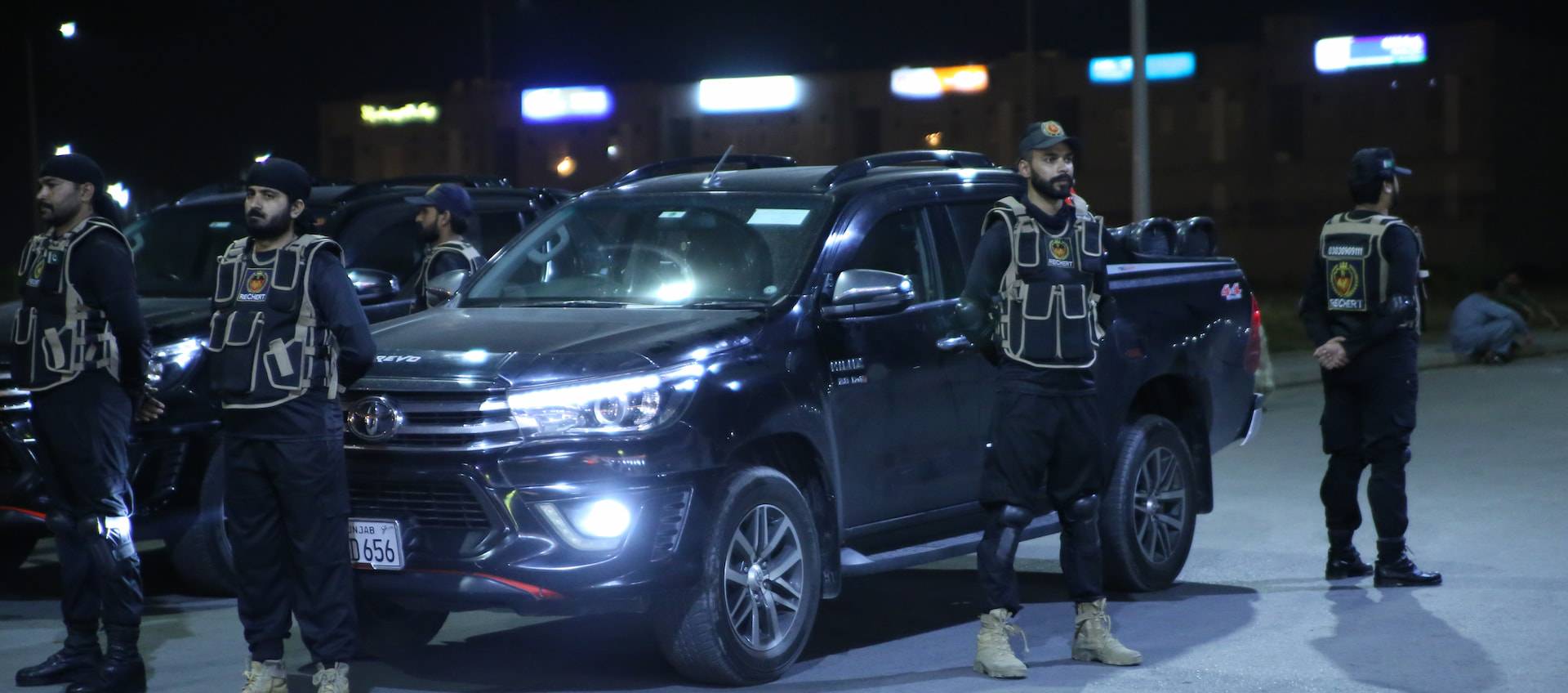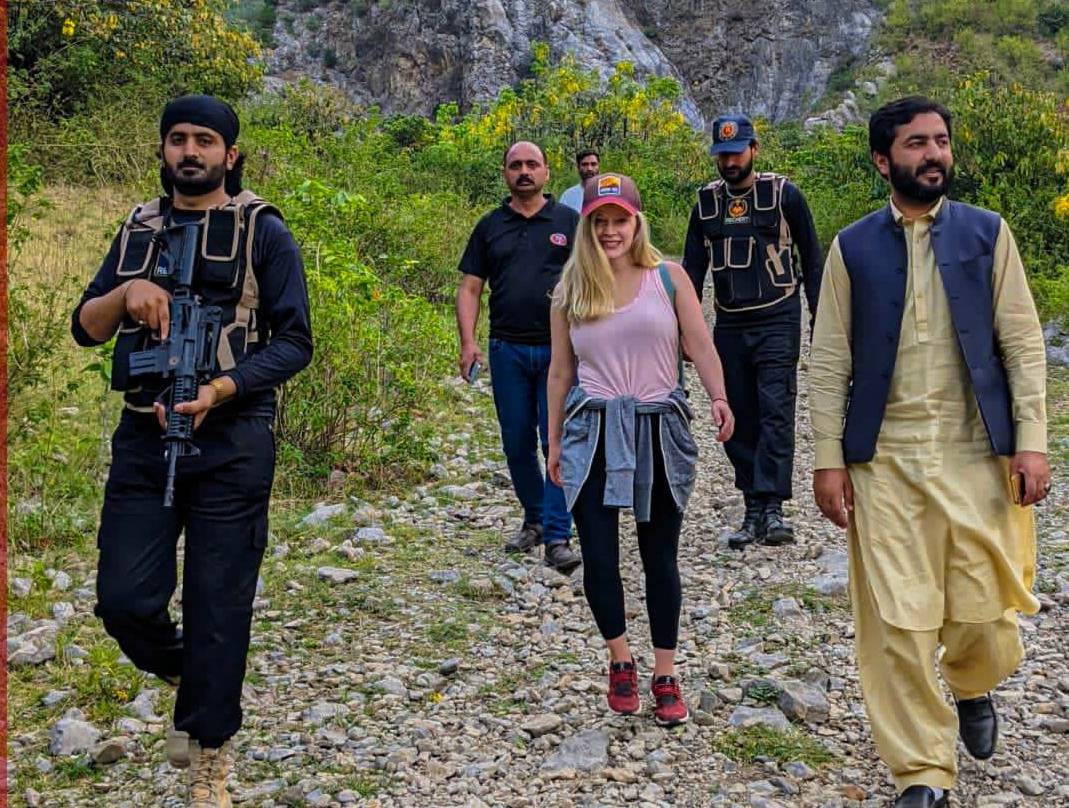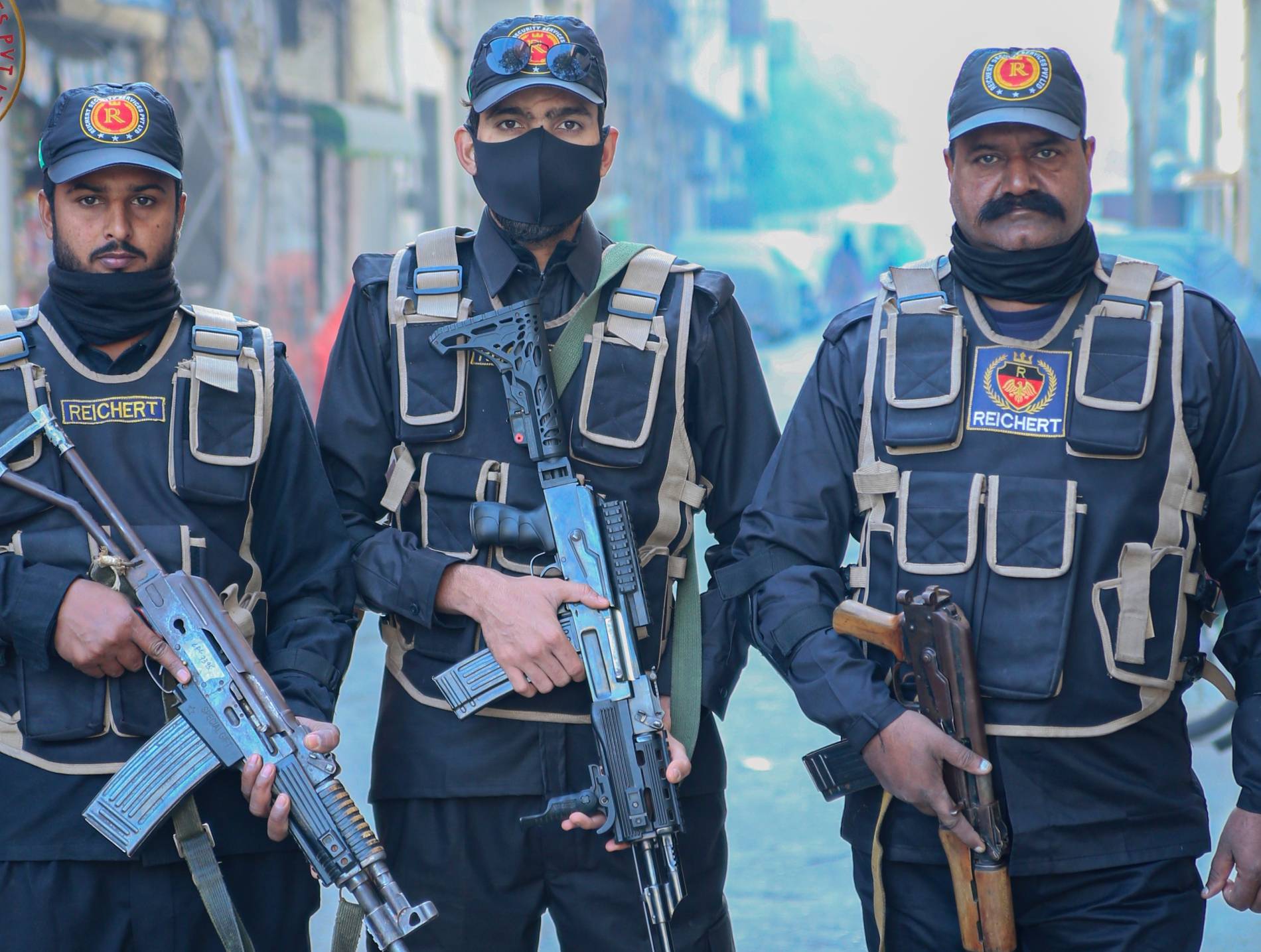Namibia Country Report
Angolan conflicts affected Namibia in the late 1990s, causing intermittent clashes along the border between the two countries, but the situation has stabilized since the end of the Angolan civil war in 2002. The separatist movement in the Kaperwe region of northeastern Namibia has been largely inactive since the late 1990s. However, landmines are still believed to be buried in parts of northern Namibia as remnants of armed conflict in Angola. Although most of them have been removed in recent demining operations, there is a small risk of unexploded ordnance in the Kavango and Kaprui areas.
Heavy rains in Angola can affect Namibia during the rainy season from January to April, leading to significant increases in border rivers and rivers flowing between the two countries. Annual flooding in the northern Omsati and Qubelai basins is controlled but often causes extensive property damage and disruption.
Last updated: April 11, 2022
Security
Namibia’s crime rate is low compared to neighboring South Africa and Angola, but in recent years there has been a steady increase in both urban and rural areas. Petty theft and robbery are fairly common in urban areas, especially in crowded areas and popular tourist destinations. Although these crimes often occur at night, the threat also exists during the day. Vehicle crimes are also a threat in many areas, especially at gas stations and busy intersections.
Despite a history of low-level terrorist activity by the Caprio Liberation Army (CLA) separatist group in the late 1990s and the spillover of Angola’s civil war into the early 2000s, Namibia faces serious risks of conflict. recent years. The risk of terrorism is also underestimated and no domestic or cross-border terrorist organizations operate in the country.
Civil unrest and labor riots are generally rare, especially compared to South Africa’s urban centers, and demonstrations that do occur are usually peaceful and heavily policed. However, security forces have sometimes been accused of using excessive force against protesters in some areas.
Last updated: May 9, 2022
Infrastructure
Although the country’s road network is relatively extensive, there are few roads for land travel. However, traveling by road in Namibia can have significant risks. Highways and major roads in and around major city centers are generally paved and well maintained, but many rural and international roads are compacted gravel and the surface can be dangerous for those unaccustomed to it, especially during the season. rainy. Most of the country’s land travel is by private vehicle, but with few gas stations outside city centers and long distances between cities, running out of fuel is a serious concern. Due to the increased risk of road accidents, poor road conditions, and road animals, it is generally best to avoid traveling outside the main city centers at night.
Namibia’s urban centers have relatively good infrastructure by local standards and the availability of facilities is generally reliable. However, due to the very low population density of the country and the remoteness of some settlements, some small towns and villages may have different service and service rates.
Last updated: May 9, 2022
Environment
Namibia has a dry climate, with much of the country covered by the Namib and Kalahari deserts, but temperatures are generally moderated by the rise of the Great Central Plateau and coastal currents. Although many areas, especially in the south, receive little rainfall, the rainy season from October to April can bring heavy rains to northern areas that can cause disruption.
Namibia has long suffered from landmine contamination, particularly in its northern regions near the Angolan border. Although recent demining operations have cleared most of the contaminated sites, there is a small risk of unexploded ordnance in the Kavango and Kaperui areas.
Last updated: March 15, 2022
Health and Medical
Namibia is home to many insect-borne diseases, including malaria, which is a threat in some parts of the north. The country has occasional outbreaks of cholera and high rates of HIV infection, but neither is likely to be a major concern for business travelers. Availability of medical facilities and medicines in Windhoek is good but becomes limited once you leave the urban center. Hospitals may require proof of payment before treatment, and some hospitals do not accept all travel insurance policies.
Last updated: September 14, 2022
Political
Since gaining independence from South Africa in 1990, Namibia has been one of the most politically stable countries in sub-Saharan Africa, with a government that enjoys widespread support but little opposition. Although the country has an established democratic system, the political sphere is dominated by the South West African People’s Organization (SWAPO) and there are few real challenges to the party’s rule. The country’s years of peace and stability have made it one of the most developed economies in the region, with agriculture, tourism, and mining all playing important roles. However, despite increasing economic growth, poverty and unemployment remain significant issues, and governments are struggling to address these challenges.
Levels of corruption in the country are low by local standards, although small bribes may be demanded for routine tasks, especially in rural areas. Although the police are professional and generally helpful, their ability to respond to, investigate, and prevent crime is somewhat compromised by limited training and resources, particularly in rural areas.
Last updated: March 25, 2022















